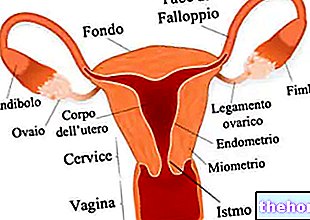Generality
The uroTAC is the CT with contrast medium that allows to analyze in detail the anatomy and the function of the most important components of the urinary system, namely: the kidneys, the bladder and the ureters.
Thanks to the potential of uroTAC, the radiologist is able to identify: kidney stones, bladder stones, urinary tract infections, cysts and tumors of one of the organs of the urinary tract, anatomical malformations of the kidneys, ureters or bladder and, finally, the exact origin of symptoms for which a kidney or bladder disorder is suspected.

The uroTAC requires a very specific preparation; among its preparatory norms, complete fasting is also included.
Lasting a total of 10-15 minutes, uroTAC requires maximum immobility on the part of the patient; body movements, in fact, can alter the accuracy of the images provided by the instrument, thus distorting the entire diagnostic test.
The risks of uroTAC are related to the dose of ionizing radiation, to which the patient is exposed during the examination, and to the contrast agent, which in some individuals causes an allergic reaction.
Contraindicated in the event of pregnancy, uroTAC provides excellent quality images of the urinary tract.




























